Features of calculating the volume of the bath bowl in liters and the rules for saving water
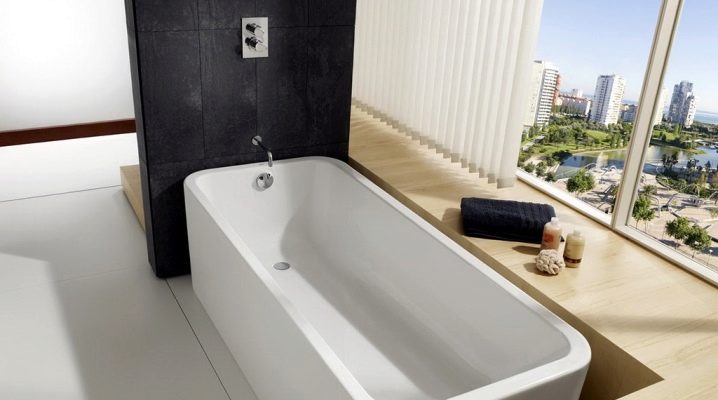
When choosing a bath, it is important to find a "golden mean" - it should have compact dimensions for taking water procedures and, accordingly, the volume of the bowl, and its use should be rational in terms of water consumption.
Today, most apartments are equipped with a water meter, and when taking a bath, it takes a lot. Are there legal ways to reduce water consumption without compromising your own comfort?
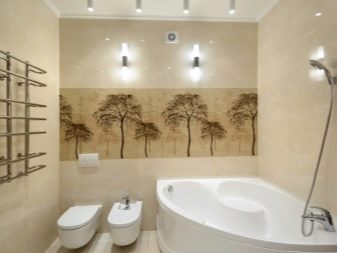
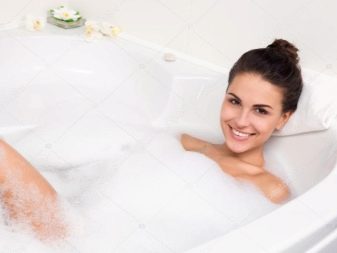
Daily intake
Average water consumption per person is 250-300 liters. At the same time, most of the volume is often used irrationally: it simply flows down the drain. For personal needs, those who like to soak in a hot bath spend much more water. On average, the consumption of water in the bathroom is about 150 liters, provided that a person does not use foam, does not add a decoction of medicinal herbs to the water. Another 50–70 liters is spent on taking a shower after the procedure.
If decoctions of medicinal herbs are added to the bath, then the water consumption for filling it is slightly less than 150 liters. However, such procedures can only be done on a clean body, therefore, 50–70 liters of water are spent on a shower before a healing bath. The same amount - to rinse after a bath.
On average, it takes 30 liters of water for cooking, and 45 liters for an hour wash. About 70 liters are flushed down the toilet to keep the toilet clean, another 40 liters - for washing hands, washing, brushing teeth. All this is spent by one person!

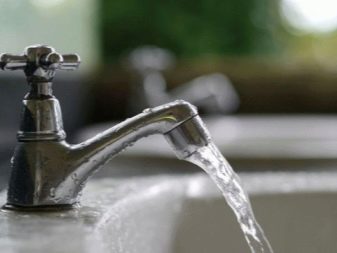
Knowing the volume of the bath is necessary not only in order to choose a more economical bowl. So, when installing a septic tank in the private sector, you need to know the exact volume of wastewater to select a septic tank of the required volume.
When installing a heating boiler, it will also be useful to know the volume of the bath in order to correctly calculate the amount of water required for heating. It should be enough not only for filling the cup, but also for taking a shower.


Calculation methods
The number of liters in a bath depends on its dimensions - length, width, depth. The depth of the bowl is the distance from the bottom of the bowl to the overflow hole. Usually, domestic products are produced deeper than imported models.
Depending on the size of the bath, there are:
- Small. Compact devices in which an adult manages to sit only in a half-sitting position. Their length is usually 120–130 cm and a width of 70–80 cm.
- Standard. They fit into most bathrooms of typical high-rise buildings, they allow you to stay with great comfort. Their usual length is 150–160 cm and a width of 70–80 cm.
- Big. Hot tubs that are suitable for spacious bathrooms and have a length of 170 cm to 200 cm. Width is 70–80 cm.

The width of the bathroom is usually the same for all models. Taking a bowl less than 70 cm wide is impractical - it will be inconvenient even for slender users. But the width can increase. As a rule, longer tubs have an increased width.
Separately, it is worth highlighting the corner models, which are equilateral (symmetrical) and versatile (asymmetric). The side of the former can start from 100 cm, the Sami are considered comfortable bowls with a length of each side - 150 cm. Asymmetric models can have different shapes, lengths and widths. Finally, there are round and oval patterns.
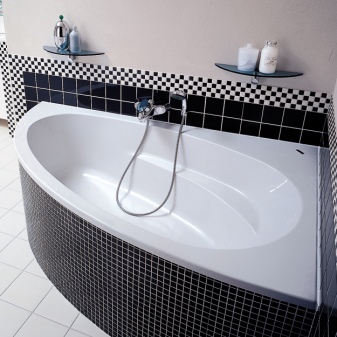

You can find out the volume of the bath by reading the instructions supplied with the device. As a rule, small bathtubs hold about 160 liters of water, standard - 220 to 230 liters, large - from 230–240 liters and more.However, this is not always possible, in addition, it is always useful to know the real volume of the bowl (to compare it with the specified one). The methods for calculating it will be discussed below.
The volume of the tank depends not only on its size, but also on the material of manufacture. This is due to the fact that bowls made of different materials have different wall and bottom thicknesses. So the walls of the cast iron bowl are the thickest (compared to acrylic and steel counterparts), therefore, its capacity, under equal dimensions, will be slightly less.

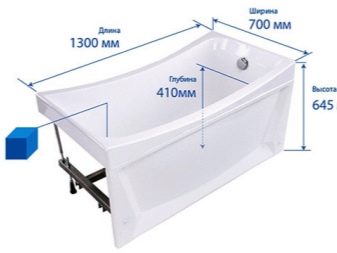
For standard models
The easiest, but not entirely accurate, way to set the bathroom displacement is to measure how many buckets of water a bowl can hold. This method implies an error, in addition, it is inconvenient and time-consuming. And one more drawback: this method cannot be used immediately before buying, that is, in a store.
Multiplication of parameters will become more accurate: length, width and height. However, you first need to translate these values into decimetres, since 1 liter of water is equal to one cubic decimeter. One cubic decimeter is 10 x 10 x 10 cm.
Let's calculate as an example the volume of a standard galvanized hot tub, 150 cm long, 70 cm wide and 50 cm high. In cubic decimeters, these parameters look like this - 15, 7 and 5. Multiplying them together, we get 525 cubic decimeters. Thus, the volume of a bowl with dimensions of 150 x 70 cm is 525 liters. Similarly, you can calculate the volume of a small or large bowl, rectangular or round.

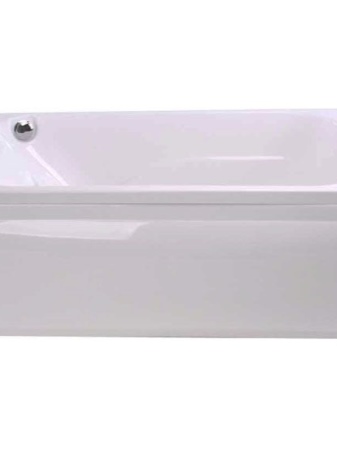
For custom sizes and shapes
The method described above is not suitable for calculating a bath of non-standard shapes. If you need to know the volume of an oval or round bath, you first have to calculate its area. After that, the resulting value is multiplied by the factor of length or height.
Consider an example of a bathtub in the form of an irregular oval with axes 50 and 60 cm long and 40 cm deep. Since the bathtub is round, in order to calculate its area, in addition to the length of the axes, it is necessary to know a number indicating the circumference to the length of its diameter. This indicator is constant and equal to 3.14 (pi number).
Just memorize it and substitute it in the formula 3.14, multiplied by the length of the first semiaxis, multiplied by the length of the second axis, to calculate the area of a round bowl. We get: 3.14 x 50 x 60 = 9420 cm (bath area).
Now we multiply this number by the depth indicators: 9420 x 40 = 376800. This large figure is the volume of the bowl, but in cubic centimeters. We translate them into liters, moving the comma from the end of the figure 3 digits forward, we get 376.8 liters. Almost 374 liters fit in the bath in question.


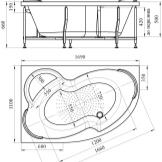
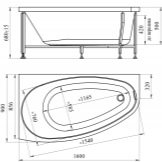
Calculating popular triangular baths is also easy. To do this, you need to find the length of the sides of the bowl, forming a right angle. After that, they need to be multiplied by each other and by the height of the bath, and then divide the resulting number by 2.
Thus, the volume of a triangular symmetrical corner bowl with a length of 150 cm and a height of 50 cm is 562.5 liters. We learned this by multiplying 2 the length and height of the bowl, and then dividing the result by 2: 150 x 150 x 50: 2 = 562.5.

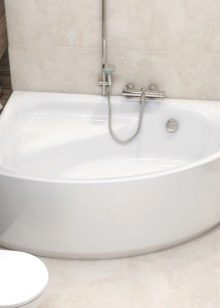

You can calculate the displacement of a round shape by dividing the diameter indicators by twoand then multiplying the result by the coefficient of the mathematical constant 3.14. This will calculate the area of the round bowl. It remains to multiply the resulting number by the height of the bath to find out the volume.



Today, many bowls of unusual shapes are produced - in the form of shells, a human body, original geometric shapes. The more differences in depth and edges in such a bath, the more difficult it is to determine the volume of the bowl. Usually sellers indicate it in the instructions. If not, then quite often the capacity of the font can be determined only by the "old-fashioned" method - with the help of a bucket of a certain displacement.
If the acrylic bowl has protrusions and recesses that repeat the anatomical features of the human body, then it will not be possible to accurately calculate the volume of the bowl on your own.

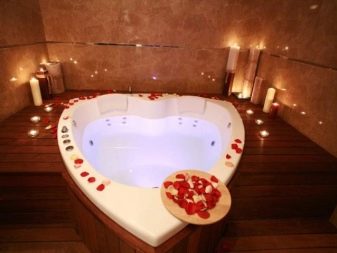


See below for more details.
How to reduce consumption: professional advice
If your apartment has water flow meters, it is important to choose the right bathroom model. It has already been said above that 150-200 liters of water are enough for a comfortable bath. It is with this volume that you should look for a bowl.
When choosing models of unusual sizes, among the first questions, ask the seller about the volume of the bowl. It is problematic to visually determine (even approximately) due to the unusual design, while their volume can be significant.
In order to save money, you can reduce the number of bathing procedures by replacing them with rinsing in the shower.
Install faucets with a limiter or non-contact analogs. They will prevent water from leaking away when you soap dishes or hands, brush your teeth. Non-contact faucets let water in only after you bring your hands under them, devices with a limiter - when you press a button.
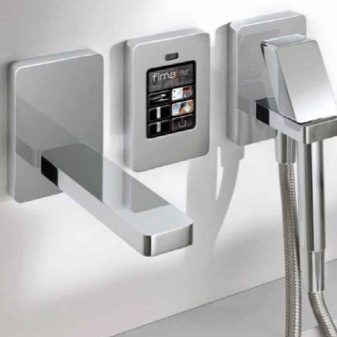

In the absence of such faucets, remember to manually turn off the water while you brush your teeth, for example. On average, this process takes 2-3 minutes. During this time, up to 20 cubic meters of water can escape into the sewer system.
Another way to save money is to install aerators on the taps. These are small devices (many modern mixer models have them) that are put on the tap. Thanks to the aerators, it is possible to enrich the water with oxygen, which means that while maintaining the pressure of the jet, it will reduce its amount.
In other words, the user does not feel at all that the water has become less, although in fact this is exactly what happens when using the aerator. In addition, mixing the water jet with air bubbles makes it soft and foaming. Under such a stream, impurities are more easily washed off, the water contains less chlorine.
It is important to clean or change the aerators in a timely manner, because, six months or a year after the start of operation, they are unable to fully perform their functions. Choose a wider round shower head. Its use contributes to the distribution of jets throughout the body, quality ablution and more enjoyment from the procedure.


Quite often, a lot of water flows away during the selection of the optimal water temperature and jet pressure. This can be avoided by using a thermostat or plumbing with a built-in thermostat. It is enough to set the appropriate parameters once, so that in the future the water immediately flows under the required pressure and optimal temperature.
Modern models have a powerful "memory", so each user can set the optimal program for him. Before use, you just need to select your program and turn on the water. The use of these methods at the same time allows you to reduce water consumption by 40-50%.

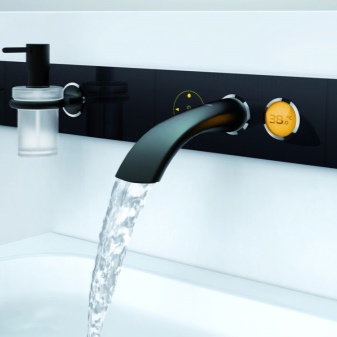
It is also important how a person takes a bath. Some users tend to fill the bathtub full (especially when it comes to deep bowls), while for a quality procedure, it is enough that the water just completely covers the parts of the body in the bathtub. It is enough to reduce the water intake level by 5–7 cm to save 15–20 liters of water.

Large, and most importantly - irrational, water consumption is associated with a malfunction of plumbing. Leaking pipes, constantly dripping taps - these are all examples of how water goes down the drain, which means your money. To fix the situation is simple - to repair the plumbing and keep it in good condition.
If we talk about savings in general, then pay attention to the toilet bowl flush. It is more convenient if the device is equipped with a double drain button. Depending on how dirty the bowl is, you can rinse it off with less (eg 3 l) or more (6 l) amount of liquid.
The consumption of water in the kitchen turns out to be large, and more expensive hot water is used for washing dishes. You can reduce its consumption by purchasing a dishwasher. Modern models have long ceased to waste a lot of water, moreover, they help to save money. For example, washing dishes after a family dinner with a hand wash takes up to 50 liters of water, a machine spends an average of 15–18 liters.
When washing laundry, try to load the machine's tank to the maximum possible value. This will reduce the consumption of water drawn by the machine.

Residents of the private sector can use rainwater to water the site. To do this, place capacious basins or barrels under the drainage systems, which are filled after heavy rain.
Installing a meter is another way to reduce utility bills (but not water consumption itself). However, their installation is logical only if the actual water consumption is less than the volume that is calculated according to the standard.
For example, if five people are registered in an apartment (the standard is multiplied by 5), and only three live, then it is logical to install a meter. If the situation is the opposite, that is, five live, and three are registered, the installation of a meter may not always be justified.
In this case, it is better to try to calculate the approximate actual volume of water consumed and compare it with what is indicated on the receipts for utilities. If the first indicator is less, then you can think about installing a meter.















The comment was sent successfully.